Perspectives from one of the initial treating sites in the U.S.
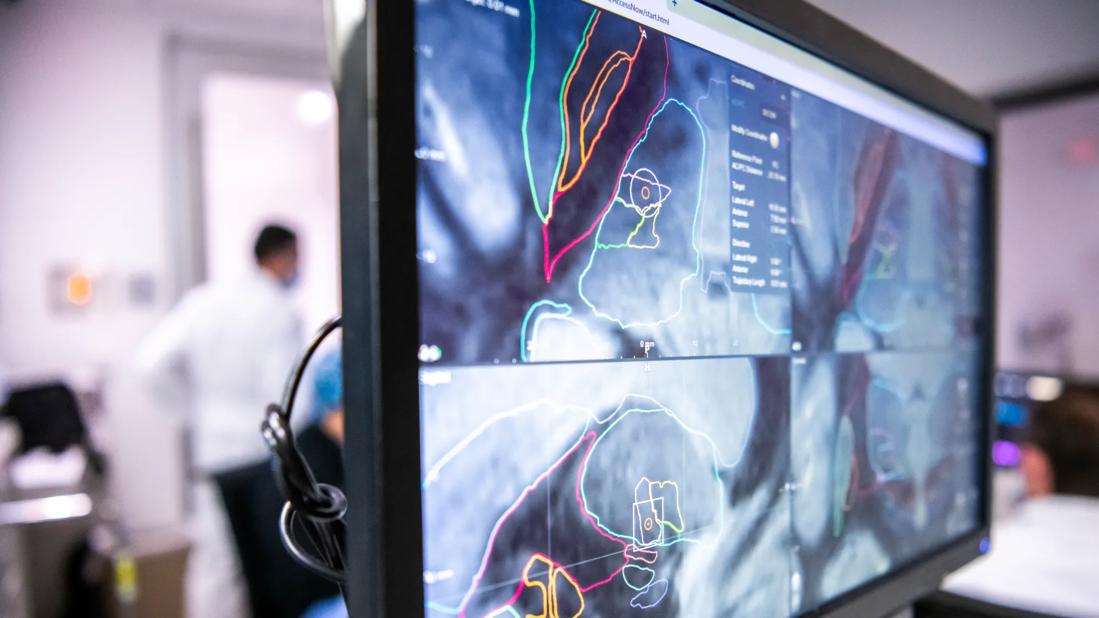
By Dileep Nair, MD; William Bingaman, MD; Jorge Gonzalez-Martinez, MD, PhD; Sean Nagel, MD; and Andre Machado, MD, PhD
Advertisement
Cleveland Clinic is a non-profit academic medical center. Advertising on our site helps support our mission. We do not endorse non-Cleveland Clinic products or services. Policy
The past year has seen an expansion in the use of neuromodulation for epilepsy with the April FDA approval of deep brain stimulation (DBS) for adjunctive treatment of medically intractable partial-onset seizures in adults. The approved device (the Medtronic DBS System for Epilepsy) is becoming available to patients at approximately 20 level IV epilepsy centers in the U.S. starting in December 2018. Cleveland Clinic is one of those centers, and this article outlines why we are eager to offer this new therapy option to appropriate patients and how we plan to ensure its effective use.
Approximately 30 percent of patients with epilepsy have seizures that are deemed medically intractable, defined as failing to respond to two or more appropriately chosen and taken antiseizure medications. Many of these patients are candidates for epilepsy surgery, yet some are not good candidates for surgical resection of their seizure focus, for various reasons. For this group, neuromodulation may be a treatment option.
The first neuromodulatory therapy for epilepsy was vagus nerve stimulation, which was approved by the FDA in 1997. This was followed by responsive neurostimulation (RNS), which was approved by the FDA in 2013.
DBS represents the third neuromodulatory approach to epilepsy treatment. It is an open-loop therapy that relies on placement of leads in the anterior nucleus of the thalamus deep within the brain for delivery of electrical stimulation on a duty cycle of one minute on and five minutes off. FDA approval is for use in conjunction with antiepileptic medications in adults with frequent and disabling partial-onset seizures (with or without secondary generalization) that have been unresponsive to three or more antiepileptic drugs.
Advertisement
Although initially thought of as an approach best suited for temporal lobe epilepsy, DBS appears to have yielded benefit in patients with various forms of focal epilepsy. These include patients in whom the epilepsy is hard to localize or hard to restrict to one or two specific regions. Whereas RNS is indicated for epileptic foci within one or two regions, DBS can be considered a useful method of neuromodulation in patients whose epilepsy is more widely distributed. Similar to RNS, DBS requires placement of electrodes within the brain.
The pivotal study that evaluated the efficacy and safety of DBS for epilepsy was the SANTE trial conducted among 110 patients randomized to receive active stimulation or sham stimulation.1 At the end of the study’s three-month blinded phase, median seizure frequency was reduced by 30 percent in the active stimulation group (n = 53) relative to the sham stimulation group (n = 54) (adjusted difference; P = .0017). At the end of the blinded phase, all patients had their deep brain stimulator turned on for active stimulation over several more years of follow-up.
Five-year follow-up showed a median reduction in seizures of 69 percent from baseline among the 83 SANTE trial participants who continued to be followed.2 Seven-year follow-up results from SANTE, presented in abstract form at the American Epilepsy Society Annual Meeting in December 2016, showed a median seizure reduction of 75 percent.3
The most notable finding from the SANTE trial is that efficacy of DBS for seizure reduction was shown to cumulatively grow over time with continued DBS therapy, as median seizure reductions rose from 40 percent at one year to 53 percent at three years to 69 percent at five years (with preliminary evidence of greater reductions at seven years).1-3 Among other notable findings from SANTE:
Advertisement
The safety profile of DBS for epilepsy appears to be no different from that of DBS for other disorders, such as Parkinson disease. The serious adverse effects associated with DBS include surgical adverse effects, including an implantation site infection rate of about 10 percent. There were no symptomatic intracranial hemorrhages noted at five-year follow-up in the SANTE trial,2 and there is no evidence of increased rates of sudden unexplained death in epilepsy using the DBS device. Other notable side effects during clinical testing resulted from stimulation and included cognitive side effects and mood disorders. Depression was noted in 37.3 percent of patients and memory impairment in 27.3 percent.2 In rare instances, seizures can be exacerbated by stimulation. Many of these stimulation-induced side effects can be controlled by altering stimulation parameters.
Patients interested in considering DBS or other neuromodulatory therapies need to be evaluated by a level IV epilepsy center that ideally is part of a neurology/neurosurgery program with broad DBS experience and expertise. Determining which therapy is appropriate for an individual is a highly personalized decision.
At Cleveland Clinic, this determination is based on recommendations from a multidisciplinary epilepsy management conference weighing various therapeutic options for an individual patient’s case following a series of tests to analyze the patient’s epilepsy type. Various surgical options are discussed in the context of expected efficacy and safety based on the patient’s epilepsy type. Epilepsy surgery is usually the first and best option for those patients who are good surgical candidates. However, DBS and other modes of neuromodulation allow new treatment alternatives for some patients who previously have had no options.
Advertisement
Dr. Nair is Section Head of Adult Epilepsy in Cleveland Clinic’s Epilepsy Center. Drs. Bingaman and Gonzalez-Martinez are neurosurgeons with primary appointments in the Epilepsy Center. Drs. Nagel and Machado are neurosurgeons with primary appointments in the Center for Neurological Restoration. Dr. Machado is also Chair of Cleveland Clinic’s Neurological Institute.
Learn more about this year’s Medical Innovation Summit here.
Advertisement
Advertisement

Novel ‘assessment center’ will be a partner in care by serving as an engine of structured data collection
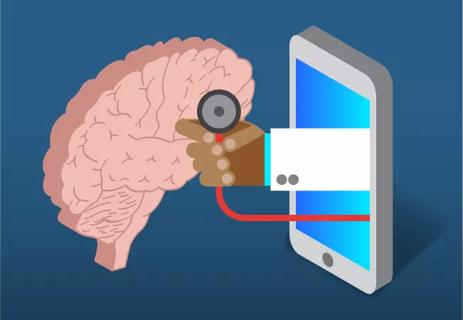
Telemedicine use remains higher than before the pandemic in all groups, but disparities linger

Taking virtual reality-integrated technology from silver screen to clinical laboratory
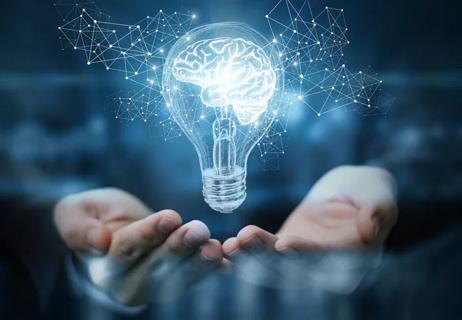
Novel collaboration is underway to foster innovation – and a real-world invention
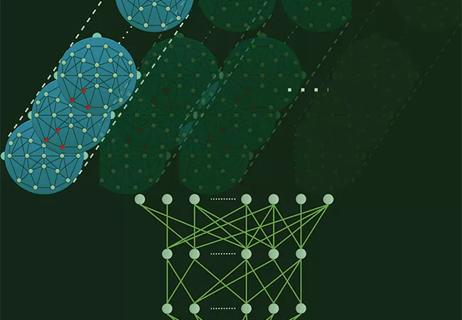
Strong performance from early models heralds eventual reshaping of care
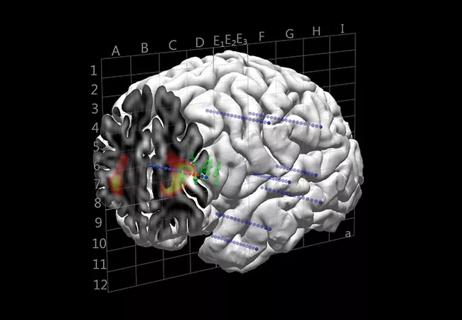
Novel approach is improving presurgical evaluation
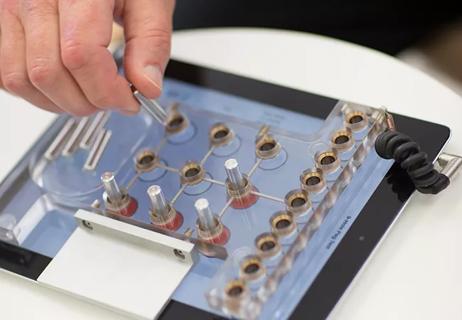
Important progress toward predictive analytics in MS and PD

A quick review of 3D-printed models, intrasaccular flow disruption and flow diverter stenting